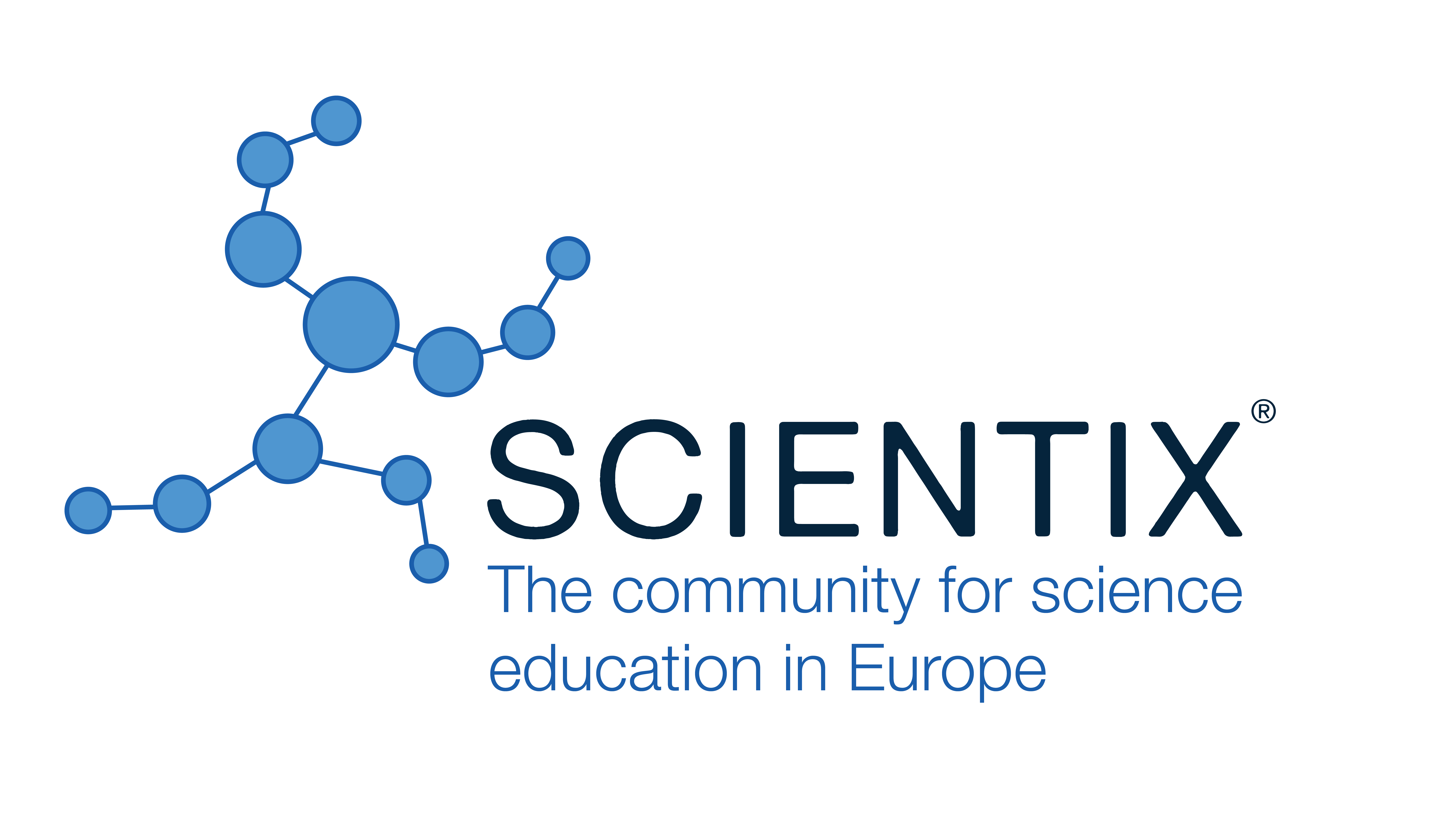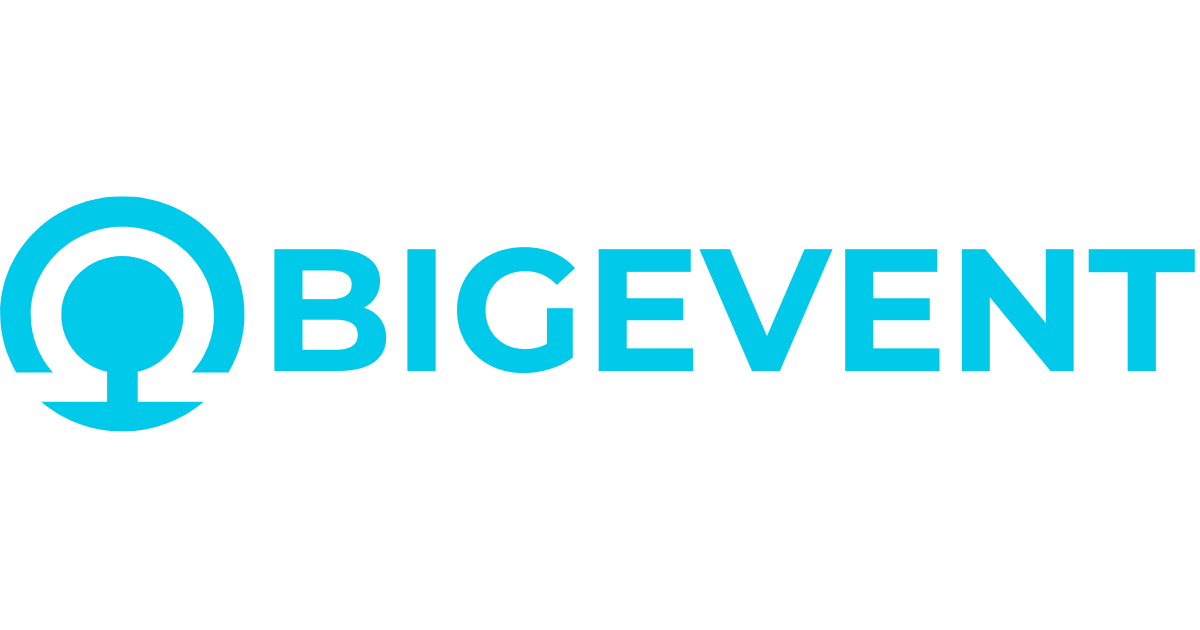Language Alternation to Scaffold Learning in EMI Classrooms
Sameya Priom, The University of Edinburgh (United Kingdom)
Abstract
Research on English Medium Instruction (EMI) has shown that students draw on their L1, to scaffold learning (e.g. Mazak & Donoso, 2015; Trodson & Dashwood, 2018). Therefore, this research aims to investigate whether, L1 (Bangla) is used as a scaffolding strategy to ensure the comprehensibility of lectures, and whether this strategy is helpful. Firstly, twenty-five classrooms were observed and recorded over a three-month period in 2021. To analyze classroom recordings with a focus on the use of Bangla, a conversation-analytic approach to codeswitching was adopted (Auer,1984; Bonacina and Gafaranga, 2011). To reveal instances of scaffolding in bilingual classroom interactions, sequential analysis was conducted. Then, twenty-three semi-structured retrospective interviews were conducted with the participants and analyzed thematically. Analysis of the interactional data revealed a recurrent interactional episode, referred to in the current study as the ‘scaffolding episode’, within which Bangla is used for scaffolding purposes. In the episode, lecture comprehension problems may be of two types, namely problems to do with new concepts and problems to do with the designation in English. Analysis of the interactional data revealed that L1 works either as an additional resource to usual scaffolding strategies or as a scaffold in its own right. This research also shows that using Bangla does not challenge the status of English as the instructional medium.
|
Keywords |
Scaffolding, Language alternation, Conversation Analysis, English Medium Instruction |
|
REFERENCES |
[1] Auer, Peter.1984. Bilingual Conversation. Amsterdam/Philadelphia: John BenjaminsPublishing Company. [2] Bonacina, Florence, and Joseph Gafaranga. 2011. “‘Medium of Instruction’ vs. 'Medium of Classroom Interaction’: Language Choice in a French Complementary School Classroom in Scotland.” International Journal of Bilingual Education and Bilingualism 14 (3): 319–334. https://doi.org/10.1080/13670050.2010.502222. [3] Mazak, C.M. and C. Herbas-Donoso (2015). Translanguaging practices at a bilingual university: a case study of a science classroom. International Journal of Bilingual Education and Bilingualism 18(6): 698–714. doi:10.1080/13670050.2014.939138. [4] Troedson, D. A. & Dashwood, A (2018). Bilingual use of translanguaging: Chinese student satisfaction in a transnational Business degree in English. The International Education Journal: Comparative Perspectives Vol. 17, No. 4, 2018, pp. 113-128. |
 The Future of Education
The Future of Education





























